
Vibrant Environment
All | Biodiversity | Climate Change and Sustainability | Environmental Justice | Governance and Rule of Law | Land Use and Natural Resources | Oceans and Coasts | Pollution Control

Twenty-five years before Silent Spring, Rachel Carson published her first essay in The Atlantic on the wonders of ocean life. Titled “Undersea,” the piece showcased Carson’s “commitment to making the reader feel something,” reports Anelise Chen in the same magazine 85 years later.

Not long after the Clean Water Act (CWA) became the law of the land on October 18, 1972, providing the basic structure for regulating pollutant discharges into the waters of the United States (WOTUS), bureaucratic battle lines were drawn at the newly created U.S. Environmental Protection Agency.
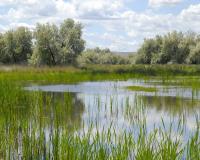
Recent judicial and administrative changes to the scope of the Clean Water Act of 1972 (CWA) have major implications for state regulators. In this month’s issue of ELR—The Environmental Law Reporter, ELI Senior Attorney James McElfish examines the existing legal framework for state protection of nonfederal waters and discusses potential impacts of upcoming federal decisions, including the U.S. Supreme Court’s consideration of Sackett v. Environmental Protection Agency in October.
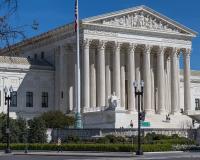
When the pandemic started, it seemed you couldn’t turn a page or open an email without seeing “unprecedented” used in one context or another. And it was true—we were in uncharted territory, and among everything else, it was hard not to keep returning to that locution. I clearly remember sending a mass email using the word, thinking I was the first person to stumble upon this apt descriptor; little did I know how ubiquitous it would become.
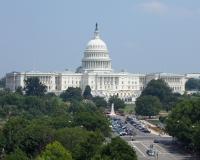
I didn’t know when I became editor of the Forum that the era of landmark environmental lawmaking was almost over—with some exceptions that I will duly note. The year was 1990, and the buzz was all about new amendments to the Clean Air Act that would address the scourge of acid rain through the first large-scale test of emissions trading. It was the kind of legislation that is so desperately needed today to address the climate crisis by moving the United States to a renewable energy economy—a monumental task requiring a comprehensive, nation-wide approach.
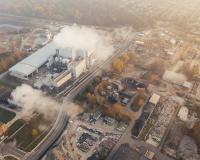
The Environmental Law Institute’s 11th GreenTech webinar held on July 18, “The Role of Carbon Capture (CC) and Direct Air Capture (DAC) Technology in Our Climate Strategy,” couldn’t have been timelier. A week later, on July 27, Democratic negotiators reached an agreement with Sen. Joe Manchin (D-W. Va.) on a proposal that will invest $369.75 billion over the next decade in energy and climate programs, including billions in CC technologies.

As the national conversation following the West Virginia v. Environmental Protection Agency (EPA) verdict showed, climate change continues to be a focal point of this generation. And that conversation is happening both inside and outside the courtroom in the form of amicus briefs.

"[A] single courageous State may, if its citizens choose, serve as a laboratory; and try novel social and economic experiments without risk to the rest of the country.”
Justice Louis Brandeis wrote those words nearly a century ago, and they are particularly relevant to a set of experiments in environmental regulation now being carried out at the state level.
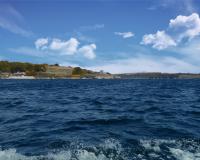
Natural resource management can be complicated and filled with uncertainty, especially over longer time scales and across large, varied landscapes. It makes sense—natural systems are highly interconnected and complex, a fact that the ecological sciences have recognized for decades. But natural systems don’t always align with legal systems.

What events, circumstances, and perspectives have ongoing impacts on migrants’ lives, and how can we better understand the complexity of this ongoingness?